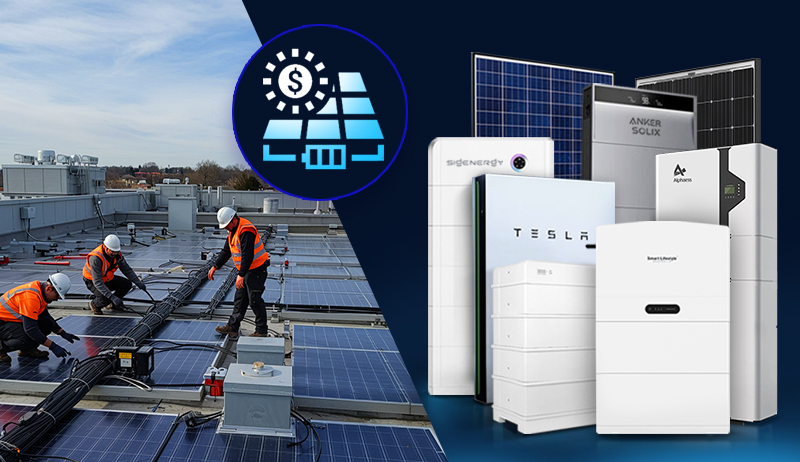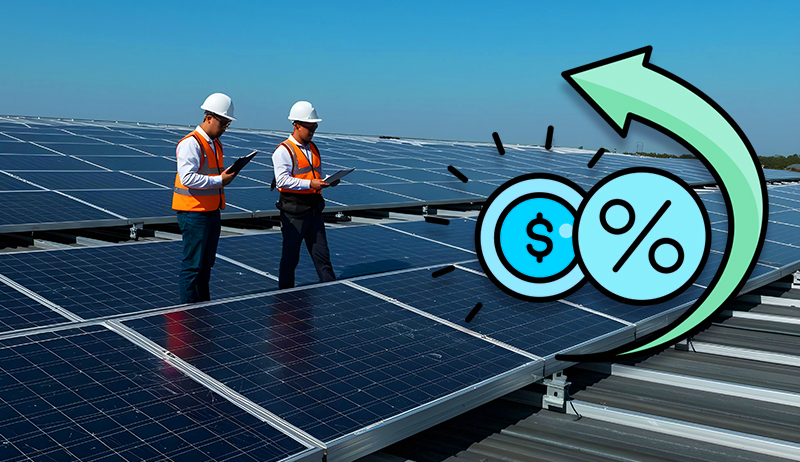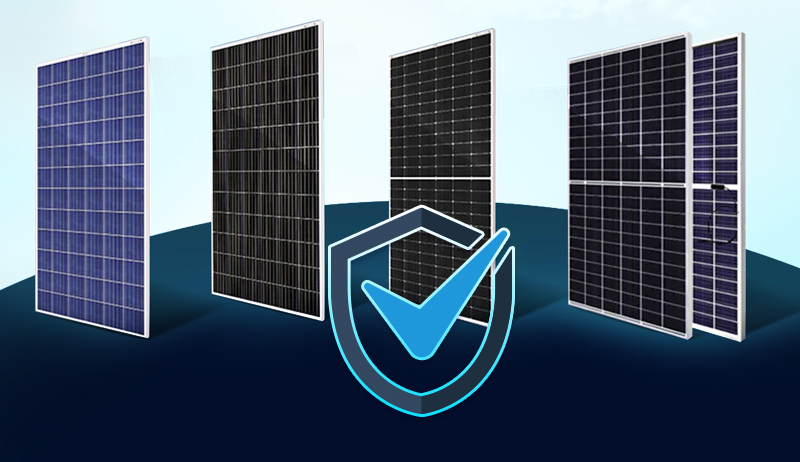The Landscape of Wind Energy in the United States: A Story of Booming Growth and Evolving Challenges
The wind whips across the vast plains of the American Midwest, carrying with it not just whispers of change but the very pulse of a burgeoning clean energy revolution.
The United States, a land forever intertwined with the image of the iconic cowboy and his trusty steed, is now witnessing a new kind of rider atop the horizon: the towering blades of wind turbines.
Wind energy has emerged as the undisputed champion of renewable energy sources in the US, surpassing hydroelectric power in 2019 and steadily claiming its place as a crucial player in the nation’s energy mix. As of January 2023, the country boasts over 141 gigawatts (GW) of installed wind power capacity, a testament to the rapid strides made in recent years.
This meteoric rise can be attributed to several factors. Technological advancements have yielded taller, more efficient turbines, while falling costs have made wind energy increasingly competitive with traditional fossil fuel sources. Policy initiatives like tax credits and production tax breaks have further fueled the windrush, attracting significant investments and spurring development.
Statistics of Wind Energy in the United States
The Stats Behind the Soaring Blades: Wind Energy in the United States
The wind whips across the vast plains of the American Midwest, carrying with it not just whispers of change but the very pulse of a burgeoning clean energy revolution. Here’s a closer look at the statistics revealing the impressive story of wind energy in the United States:
Capacity & Generation:
- Installed Capacity: Over 141 gigawatts (GW) as of January 2023, enough to power over 42 million homes! (Image of Wind turbine towers stretching as far as the eye can see across a landscape)
- Electricity Generation: In 2022, wind generated over 434 terawatt-hours (TWh) of electricity, providing over 10% of the nation’s total electricity.
- Growth: 2021 saw the second-highest amount of wind capacity installed in a single year, with 13,413 MW added to the grid.
Economic Impact:
- Jobs: Over 120,000 jobs supported across all 50 states, contributing significantly to the clean energy workforce.
- Investment: $20 billion invested in new wind capacity in 2021 alone, showcasing growing confidence in the sector.
Environmental Benefits:
- CO2 Reduction: Wind energy avoided over 336 million metric tons of CO2 emissions in 2022, combating climate change and air pollution.
- Renewable Champion: Wind surpassed hydropower as the largest source of renewable energy generation in the US in 2019.
Challenges & the Future:
- Visual Impact: Concerns about the aesthetic impact of wind farms on landscapes require careful planning and community engagement.
- Bird Collisions: Mitigating the potential harm to bird populations through research and responsible siting is crucial.
- Grid Integration: Integrating variable wind power into the grid requires investment in storage and smart grid technologies.
Despite these challenges, the future of wind energy in the US remains bright. With ambitious clean energy goals set by the Biden administration, technological advancements like offshore wind, and continued investment, wind energy is poised to play a central role in powering a sustainable future for the United States.
Remember, these are just some of the key statistics. Feel free to delve deeper into specific areas of interest, like regional variations in wind power generation or the latest research initiatives addressing grid integration challenges. By incorporating data visualizations and compelling imagery, you can create a truly engaging and informative piece about the remarkable story of wind energy in the US.
Table of Wind Energy in the United States
Wind Energy in the United States: A Statistical Snapshot
| Statistic | Data |
|---|---|
| Installed Capacity (Jan 2023) | Over 141 GW |
| Homes Powered | Over 42 million |
| Electricity Generation (2022) | Over 434 TWh |
| Share of Total Electricity | Over 10% |
| Capacity Growth (2021) | 13,413 MW |
| Jobs Supported | Over 120,000 |
| Investment in New Capacity (2021) | $20 billion |
| CO2 Emissions Avoided (2022) | Over 336 million metric tons |
| Largest Source of Renewable Energy (since 2019) | Wind Power |
| Challenges | |
| – Visual Impact | Balancing wind farm development with aesthetic considerations. |
| – Bird Collisions | Mitigating potential harm to bird populations. |
| – Grid Integration | Ensuring smooth integration of variable wind power into the grid. |
This table uses a cleaner format with no vertical lines and focuses solely on the data points, offering a concise overview of wind energy statistics in the US.
Wind Energy in the United States: A Statistical Snapshot
Installed Capacity & Generation:
- Total Installed Capacity: Over 141 gigawatts (GW) as of January 2023, enough to power over 42 million homes!
- Electricity Generation: In 2022, wind generated over 434 terawatt-hours (TWh) of electricity, providing over 10% of the nation’s total electricity.
- Growth: 2021 saw the second-highest amount of wind capacity installed in a single year, with 13,413 MW added to the grid.
Economic Impact:
- Jobs: Over 120,000 jobs supported across all 50 states, contributing significantly to the clean energy workforce.
- Investment: $20 billion invested in new wind capacity in 2021 alone, showcasing growing confidence in the sector.
Environmental Benefits:
- CO2 Reduction: Wind energy avoided over 336 million metric tons of CO2 emissions in 2022, combating climate change and air pollution.
- Renewable Champion: Wind surpassed hydropower as the largest source of renewable energy generation in the US in 2019.
Challenges & the Future:
- Visual Impact: Concerns about the aesthetic impact of wind farms on landscapes require careful planning and community engagement.
- Bird Collisions: Mitigating the potential harm to bird populations through research and responsible siting is crucial.
- Grid Integration: Integrating variable wind power into the grid requires investment in storage and smart grid technologies.
Despite these challenges, the future of wind energy in the US remains bright. With ambitious clean energy goals set by the Biden administration, technological advancements like offshore wind, and continued investment, wind energy is poised to play a central role in powering a sustainable future for the United States.
Conclusion of The Landscape of Wind Energy in the United States
The geographical landscape of the US plays a pivotal role in this success story. The Great Plains, with their consistent and strong winds, offer ideal conditions for harnessing the power of the breeze. States like Texas, Iowa, Oklahoma, Kansas, and Illinois have become wind energy powerhouses, their rolling fields dotted with the majestic sentinels of wind turbines.
But the landscape of wind energy is not without its challenges. Concerns about the visual impact of turbines on pristine landscapes and potential harm to bird populations raise important questions about balancing environmental benefits with responsible development. Local communities grapple with issues like noise pollution and land use, demanding careful consideration of their concerns.
Despite these challenges, the future of wind energy in the US remains bright. The Biden administration has set ambitious goals for clean energy deployment, aiming for a carbon-free electricity sector by 2035. Technological advancements like offshore wind farms and floating wind turbines hold the promise of unlocking vast new resources.
The landscape of wind energy in the US is a dynamic tapestry woven with threads of innovation, economic opportunity, and environmental responsibility. As the nation continues to chart its course toward a sustainable future, wind energy stands poised to play a pivotal role, powering homes, businesses, and dreams with the boundless energy of the wind.
https://www.exaputra.com/2024/01/the-landscape-of-wind-energy-in-united.html
Renewable Energy
ACORE Applauds Maryland Gov. Moore’s New Executive Order on Energy Affordability and Reliability
-
Grid Infrastructure -
Policy -
Siting & Permitting Reform -
Technology -
Press Releases
ACORE Applauds Maryland Gov. Moore’s New Executive Order on Energy Affordability and Reliability
ACORE Applauds Maryland Gov. Moore’s New Executive Order on Energy Affordability and Reliability
FOR IMMEDIATE RELEASE
Dec. 19, 2025
WASHINGTON, D.C. — The American Council on Renewable Energy (ACORE) issued the following statement from ACORE President and CEO Ray Long in response to Governor Wes Moore’s announcement of new initiatives to build an affordable and reliable energy future for Maryland.
“ACORE applauds Gov. Wes Moore for setting forth a new series of energy initiatives that seek to stabilize energy bills while ensuring grid reliability and efficiency for Marylanders. In particular, ACORE commends key provisions in the order to increase the deployment of advanced transmission technologies; streamline the siting and permitting of high-voltage transmission, energy storage, and other infrastructure; advance wholesale market reforms; and more. As the country enters a new era of electricity demand, initiatives like Gov. Moore’s will facilitate significant progress toward building a modern and reliable grid needed to maintain economic competitiveness and keep the lights on,” said ACORE President and CEO Ray Long.
###
ABOUT ACORE
For over 20 years, the American Council on Renewable Energy (ACORE) has been the nation’s leading voice on the issues most essential to clean energy expansion. ACORE unites finance, policy, and technology to accelerate the transition to a clean energy economy.
For more information, please visit http://www.acore.org.
Media Contacts:
Stephanie Genco
Senior Vice President, Communications
American Council on Renewable Energy
communications@acore.org
The post ACORE Applauds Maryland Gov. Moore’s New Executive Order on Energy Affordability and Reliability appeared first on ACORE.
https://acore.org/news/acore-statement-on-gov-wes-moores-new-energy-executive-order/
Renewable Energy
Meat–It’s What’s for Dinner, if You Don’t Care about the Animals or the Planet
 We often hear meat-eaters say things like, “If beef isn’t good, why do the manufacturers of plant-based burgers try so hard to make their burgers taste like real meat?”
We often hear meat-eaters say things like, “If beef isn’t good, why do the manufacturers of plant-based burgers try so hard to make their burgers taste like real meat?”
There is no doubt that cow and pig meat tastes and smells great; every vegan on Earth will tell you that.
The problem lies elsewhere, in a) the environmental impact of clearing the rainforests to make room for more cows, and b) the cruelty inherent in factory farming and the slaughtering of the animals.
Meat–It’s What’s for Dinner, if You Don’t Care about the Animals or the Planet
Renewable Energy
FAQs: Your Most Common Commercial Solar Questions Answered
The post FAQs: Your Most Common Commercial Solar Questions Answered appeared first on Cyanergy.
https://cyanergy.com.au/blog/faqs-your-most-common-commercial-solar-questions-answered/
-
Climate Change4 months ago
Guest post: Why China is still building new coal – and when it might stop
-
Greenhouse Gases4 months ago
Guest post: Why China is still building new coal – and when it might stop
-
Climate Change2 years ago
Spanish-language misinformation on renewable energy spreads online, report shows
-

 Greenhouse Gases2 years ago
Greenhouse Gases2 years ago嘉宾来稿:满足中国增长的用电需求 光伏加储能“比新建煤电更实惠”
-
Climate Change Videos2 years ago
The toxic gas flares fuelling Nigeria’s climate change – BBC News
-

 Climate Change2 years ago
Climate Change2 years ago嘉宾来稿:满足中国增长的用电需求 光伏加储能“比新建煤电更实惠”
-

 Carbon Footprint2 years ago
Carbon Footprint2 years agoUS SEC’s Climate Disclosure Rules Spur Renewed Interest in Carbon Credits
-
Climate Change2 years ago
Why airlines are perfect targets for anti-greenwashing legal action
















 Full energy assessment
Full energy assessment



